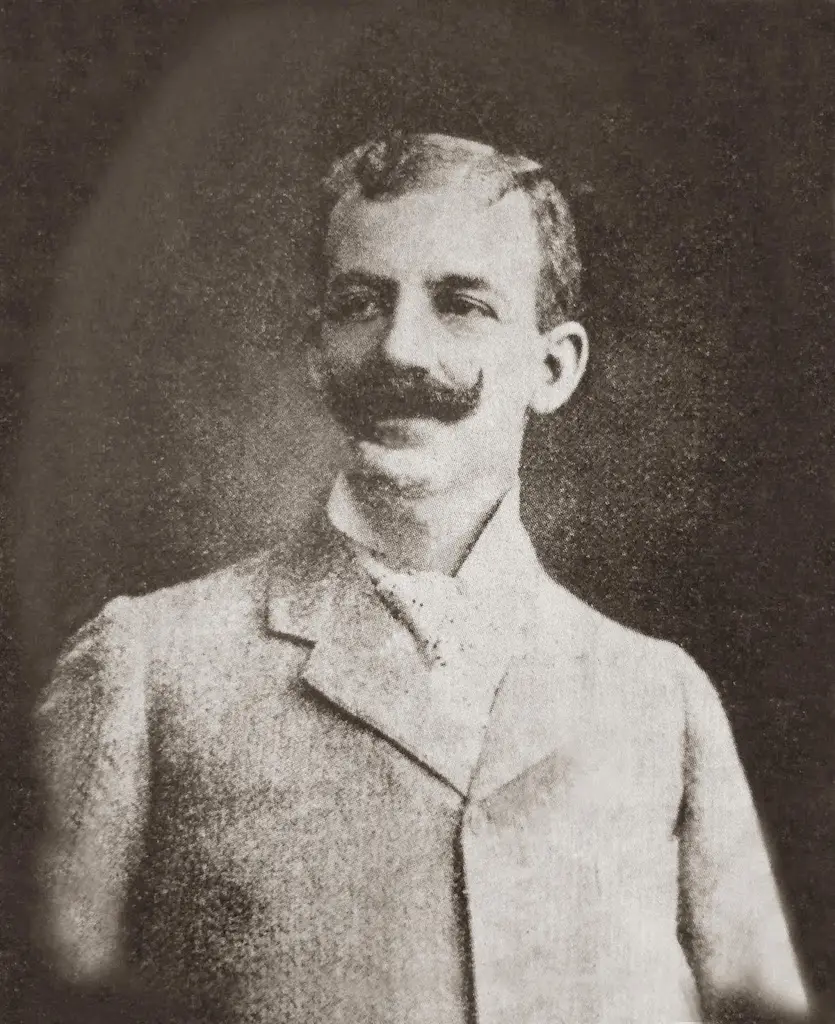Imagine busting Jared Kushner at a homosexual soiree. In drag. This was very that.
By Lino DiNallo
When I watch RuPaul’s Drag Race, I’m still struck by how far cross-dressing culture and queer acceptance have come. These queens are icons for teen girls, gay men, grown women and straight dudes alike. They walk runways for Fashion Week, churn out club bangers, and even launch makeup lines that quickly sell out. And it all traces straight back to the ball culture of 1980s New York.
But long before that, in 1901, a bunch of men in dresses would rock conservative Catholic Mexico to its core. Since we’ll head to Mexico City on a semi-annual escapade with a gay twist once this pandemic is over, let’s pay homage to the nation’s clamorous birth of a queer culture.
Category is: ¡ESCÁNDALO!
On the night of November 17, 1901, the Catholic government busted a cross-dressing soiree. It was going down in a rented home – think AirBNB McMansion party – at a time when homosexuality was unheard of. Imagine the authorities’ surprise when they found 41 men, half dressed like women, with everybody serving old-world opulence: they flaunted lavish wigs, extravagant jewelry, sumptuous dresses and lots of makeup. They were even raffling off the services of a sex worker named Pepito. Oh, Pepito.
The fallout was a shame
Getting busted in flouncy frocks wasn’t the real scandal. Most of these men were well-known and hailed from the city’s polite, friendly and Conservative-with-a-capital-C high society. It became news so fast it would break the internet today, and Mexican gay pop culture was born. ‘Twas a painful birth, but at least it was alive.
The lives of these 41 men were ruined. They were publicly shamed, heckled, and even forced to sweep city streets in women’s clothing. Some were sent to detention camps, and an era of queer repression was born.
There was a 42nd dancer. Allegedly.
42 men were arrested, but one was inexplicably released. Rumour has it that he was not only the organizer but also the son-in-law of Mexico’s President Porfirio Díaz, Ignacio de la Torre y Mier, married to Porfirio’s daughter Amada. Picture it: Latin America’s answer to Jared Kushner, gussied up in kitten heels and a petticoat, dressed like one of the backup dancers from Madonna’s Vogue performance at the 1990 MTV Awards. I’m sorry/you’re welcome.
Given this context and the potential to ruin his presidency, Porfirio concealed the identity and arrest of Dancer #42. But still, people have long speculated about Ignacio’s sexuality: he lived in a separate wing from Amada, and preferred the company of lavish men over his own wife.

The number became taboo
We all know how sexually charged the number “69” is. Ariana Grande even has a song about it. For Mexicans, 41 became just as notorious, but not in a good way. Men refused to celebrate their 41st birthday. Skyscrapers blatantly omitted the 41st floor. Anywhere the number 41 *should* appear, it simply did not. Because now it sounded gay.
Redefining 41
As today’s LGBT+ youth reclaim the term ‘queer,’ 41 is also being embraced again. There’s even a non-profit, Honor 41, that publishes annual lists of 41 LGBT Latinx role models.
Acceptance of the LGBT community is also being quickly embraced by this admittedly religious land. Mexico City was the first place to legalize gay marriage in Latin America in 2009 (that’s even before the United States).
See the Movie
Director David Pablos released a film about the event in 2020. If you have Netflix, it’s slated to stream in 2021 but hasn’t appeared as of publication.

Care to Dance?
Our short and sweet Mexico City Aztec Adventure departs twice a year. Only five days long and an easy flight from the United States and Canada, it makes for a great extended weekend. You’ll visit one of North America’s only royal palaces and Frida Kahlo’s home. You can even shake your enchilada with the drag queens in Zona Rosa, the city’s gaybourhood.
All photos courtesy of Wikipedia Commons.
Featured Posts
Mexico's mighty taco may be its most famous contribution to the culinary world, but it is far from the only. Read on for some of our other favourite Mexican street foods. Read More
Our upcoming Mexico City: Aztec Adventure largely takes place in the North American megalópolis itself. If you're not able to join our tour we put together this useful gay guide to get the most out of your visit. Read on! Read More
Insider tips to help you book your next gay Latin America vacation. Read More
